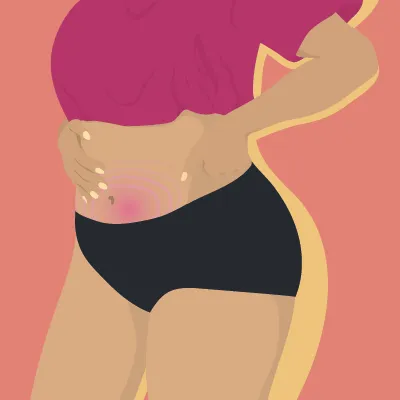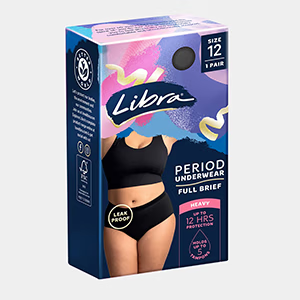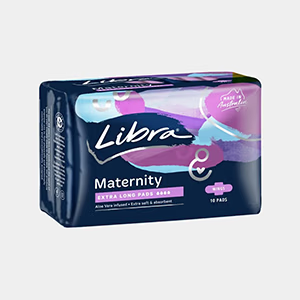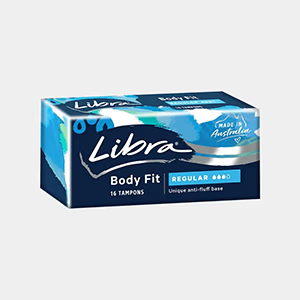Jul 07, 2025
Decoding Menstrual Migraines: Causes and Remedies
If you’ve ever had a menstrual migraine, you know how much it can throw off your groove—sometimes for a whole day, or even longer. These aren’t your average headaches; they’re intense, disruptive, and often seem to hit when you least expect it. But what exactly are menstrual migraines, and why do they show up around your period? Let’s break it down, from what causes them to how you can manage the pain.
What Are Menstrual Migraines?
Menstrual migraines are more than just a bad headache. They’re a specific type of migraine that tends to align with your menstrual cycle, showing up right before, during, or just after your period. Unlike regular headaches, these migraines pack a punch. Think throbbing pain, nausea, sensitivity to light, or even dizziness—basically, they can take over your day.
So, what’s going on here? It all ties back to the hormonal rollercoaster your body goes through each month. If you’ve noticed a pattern of headaches around your period, it’s likely because of these hormonal shifts.
Menstrual Migraine Causes: What’s Happening?
The main culprit? Hormones. Specifically, the drop in estrogen that happens just before your period. Estrogen plays a big role in regulating your cycle, and when its levels dip, it can trigger all kinds of symptoms—migraines included.
But hormones aren’t the only factor. Stress, lack of sleep, skipping meals, dehydration, or even bad posture can set the stage for a migraine. Your lifestyle habits might be unknowingly making things worse. And let’s not forget genetics—if migraines run in your family, you might be more prone to them.
Symptoms to Watch For
Menstrual migraines can look a little different for everyone, but there are some common red flags. You might feel a dull, throbbing pain that intensifies over time. Nausea, sensitivity to light or sound, and even visual disturbances like flashing lights (called an aura) are also common.
Timing is another big clue. These migraines tend to pop up a few days before your period starts, during the first couple of days, or even as your period wraps up. If this sounds familiar, tracking your symptoms alongside your cycle can help confirm the connection.
Pay attention to how long they last, too. Menstrual migraines can stick around for a few hours—or, unfortunately, a couple of days. If they’re making it hard to focus or get through your daily routine, it’s worth taking action to manage them.
How to Manage
The good news? You don’t have to just power through these migraines. There are plenty of ways to ease the pain and even reduce how often they show up. Here are some tips that might help:
- Over-the-Counter Medications: Pain relievers like ibuprofen or aspirin can help take the edge off when a migraine hits. They work by reducing inflammation and calming that throbbing pain. Just be mindful—if you’re reaching for these regularly, check in with your doctor to make sure you’re using them safely.
- Hormonal Birth Control: If your migraines are closely tied to hormonal changes, birth control might help stabilise your estrogen levels. This can reduce the frequency and severity of migraines for some people. But it’s not a one-size-fits-all solution, so chat with your doctor to see if it’s right for you.
- Magnesium Supplements: Some research suggests magnesium can help reduce how often migraines strike. This mineral supports nerve function and muscle relaxation, which might help your body feel a bit more balanced. Always check with your doctor before adding supplements to your routine.
- Lifestyle Adjustments: Simple tweaks to your daily habits can make a big difference. Stay hydrated, get plenty of sleep, eat balanced meals, and try to stay active. Stress management is also key—whether it’s yoga, deep breathing, or taking a few minutes to chill out, finding what works for you can help.
- Natural Remedies: Sometimes, a little aromatherapy can go a long way. Peppermint or lavender essential oils, when applied to your temples or inhaled, might provide some relief. Acupressure is another option—gently pressing specific points on your body can help ease symptoms for some people.
When to See a Doctor
If your migraines are happening often or the pain feels unmanageable, it’s time to get professional advice. A doctor can help rule out other health issues and suggest treatments tailored to your needs. You don’t have to deal with this alone!
Take Control of Your Migraines
Menstrual migraines can be a real pain—literally—but understanding what’s behind them and knowing your options for relief can make all the difference. From small lifestyle changes to finding the right treatment plan, there’s hope for managing these hormonal headaches. So, if migraines are crashing your monthly routine, remember: you’ve got this, and there are ways to feel better.
Love, Libra x
Essity makes no warranties or representations regarding the completeness or accuracy of the information. This information should be used only as a guide and should not be relied upon as a substitute for professional, medical or other health professional advice.







